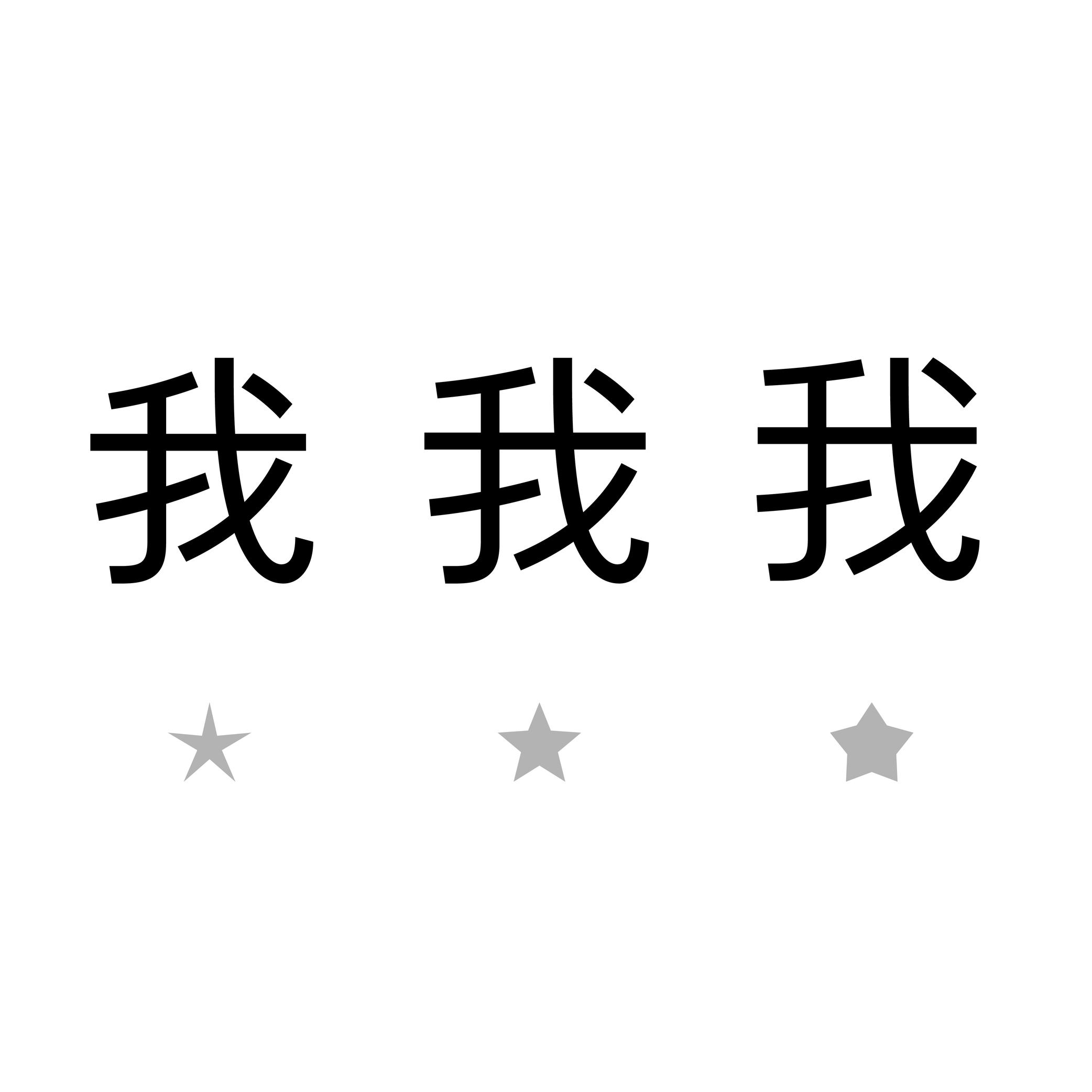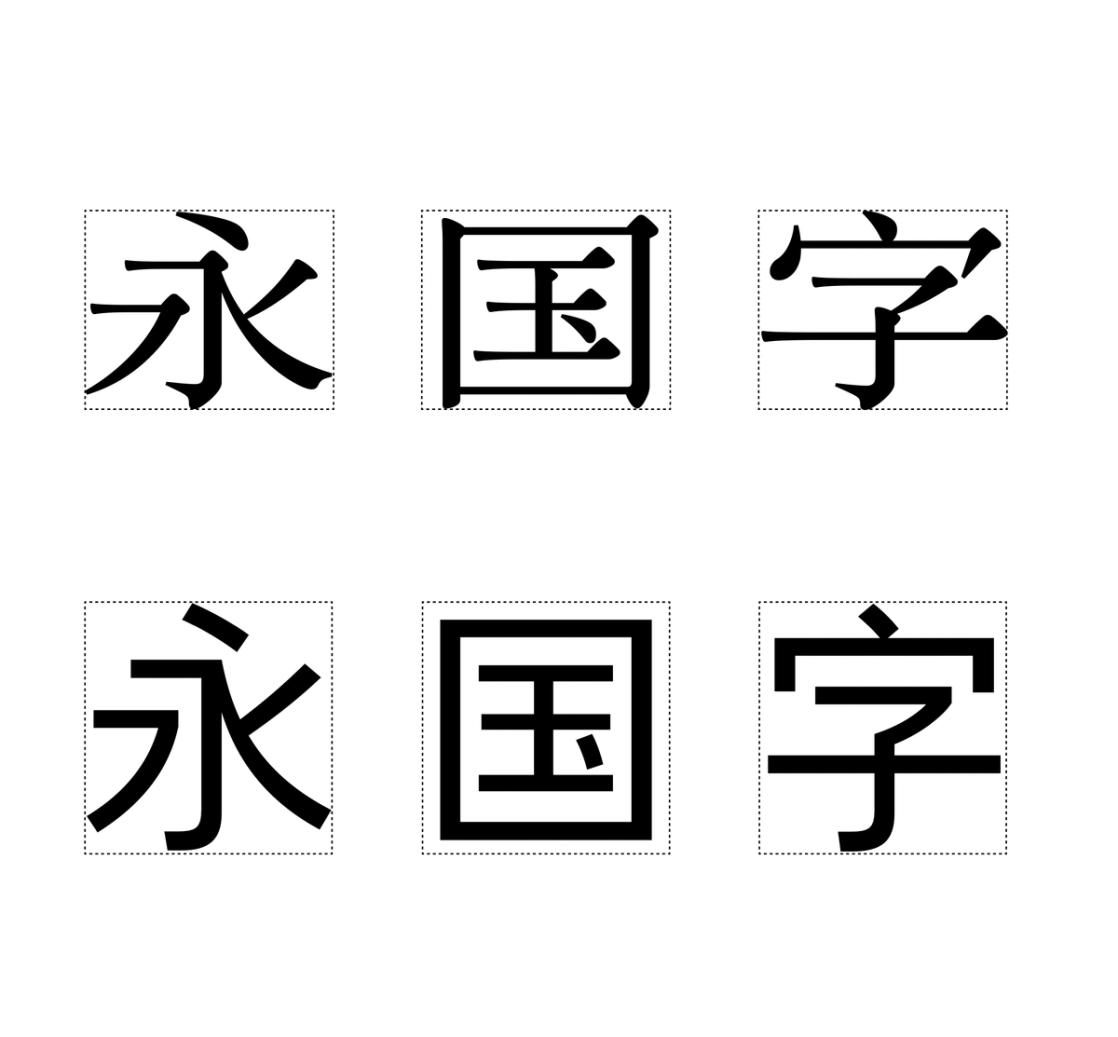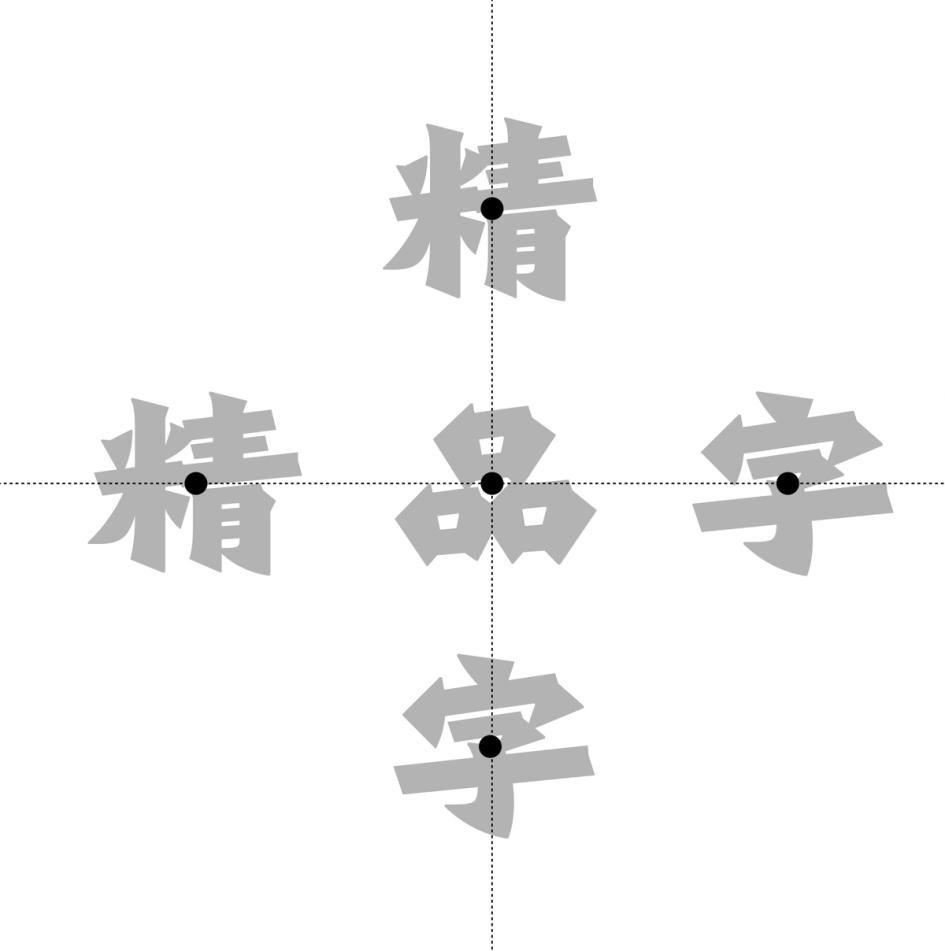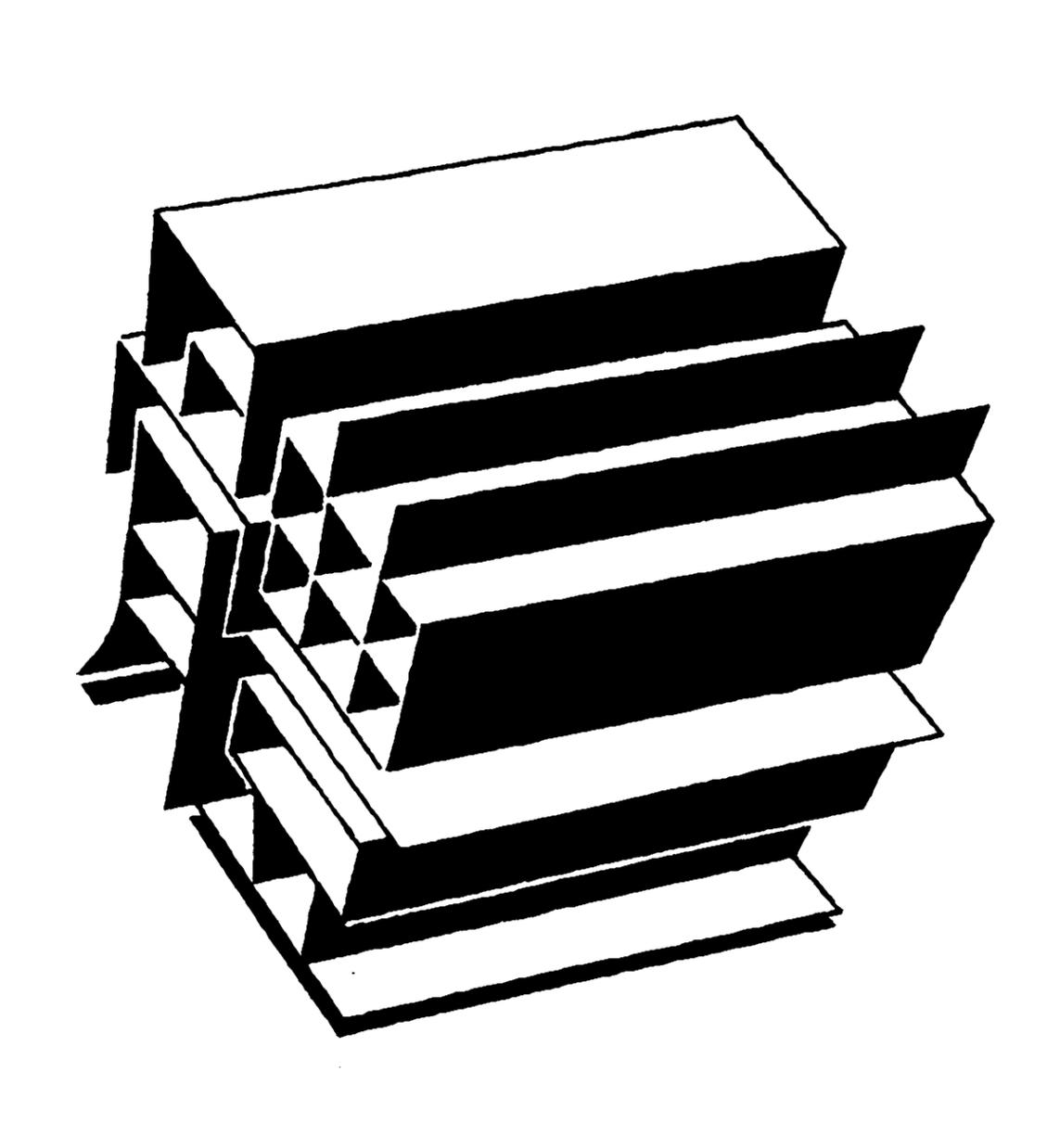Center Space

Sponsored by Mallikātype . Typeface in use: Nan Sans, designed by Tianmeng Xue. Coming soon.
(Read More)In the Chinese Hanzi script, the center space (or optical core, 中宫 in Chinese) corresponds to the central area of a character, similar in Latin to the area between the x-height and the baseline. This area can differ from style to style, but it has to be visually constant for all characters in a typeface.
A text typeface with a bigger center space has its legibility improved for small sizes.
Glyph Surface

Sponsored by Mallikātype . Typefaces in use: (top) Jinhua Serif , 2023, and (bottom) Nan Sans, coming soon. Designed by Xue Tianmeng, Li Jian, and Kazuhiro Yamada.
(Read More)In East Asian typeface design (Chinese, Japanese, and Korean), characters (commonly called Hanzi) are settled in a squared frame, the same for all characters of one typeface.
The glyph surface (字面 in Chinese, literally ‘face of the character’) is the area occupied by the character in its square.
Gravity Center

Sponsored by Mallikātype . Typeface in use: Beiwei Longmen, coming soon. Designed by Tianmeng Xue.
(Read More)In Chinese Hanzi script, the gravity center (also barycenter, 重心 in Chinese, literally ‘focus’) can be perceived as the optical center of a glyph, similar to the horizontal bar of the capital letter H.
It has to be visually aligned for all characters—especially for text typefaces—to allow a fluid and continuous reading.
Hanzi

Illustration: Tezzo Suzuki .
(Read More)Hanzi is the pinyin phonetic transcription of 汉字, literally meaning ‘character of the Han people’.
Hanzi characters are used in the Chinese language and they combine logograms and ideograms.
Note: Chinese is the language and Hanzi is the writing system (or script).
Today, there are two variations of Hanzi in the Chinese language: Traditional and Simplified Hanzi. Mainland China adopted Simplified Chinese Hanzi to increase literacy by making Hanzi simpler, while territories like Hong Kong and Taiwan kept the Traditional forms as a way to keep their cultural identity.
Multiple neighboring countries that have a strong historical connection with China also use Hanzi, or did so before adopting a different script:
- Japanese: Hanzi (Kanji in Japanese) used in combination with Hiragana and Katakana;
- Korean: now using Hangeul script, but some Hanzi (Hanja in Korean) are still used in specific situations;
- and Vietnamese: now using the Latin alphabet.
Each language and territory uses specific variations of the same Hanzi. However, since each has evolved independently, they developed more or less subtle differences from those of the Chinese.